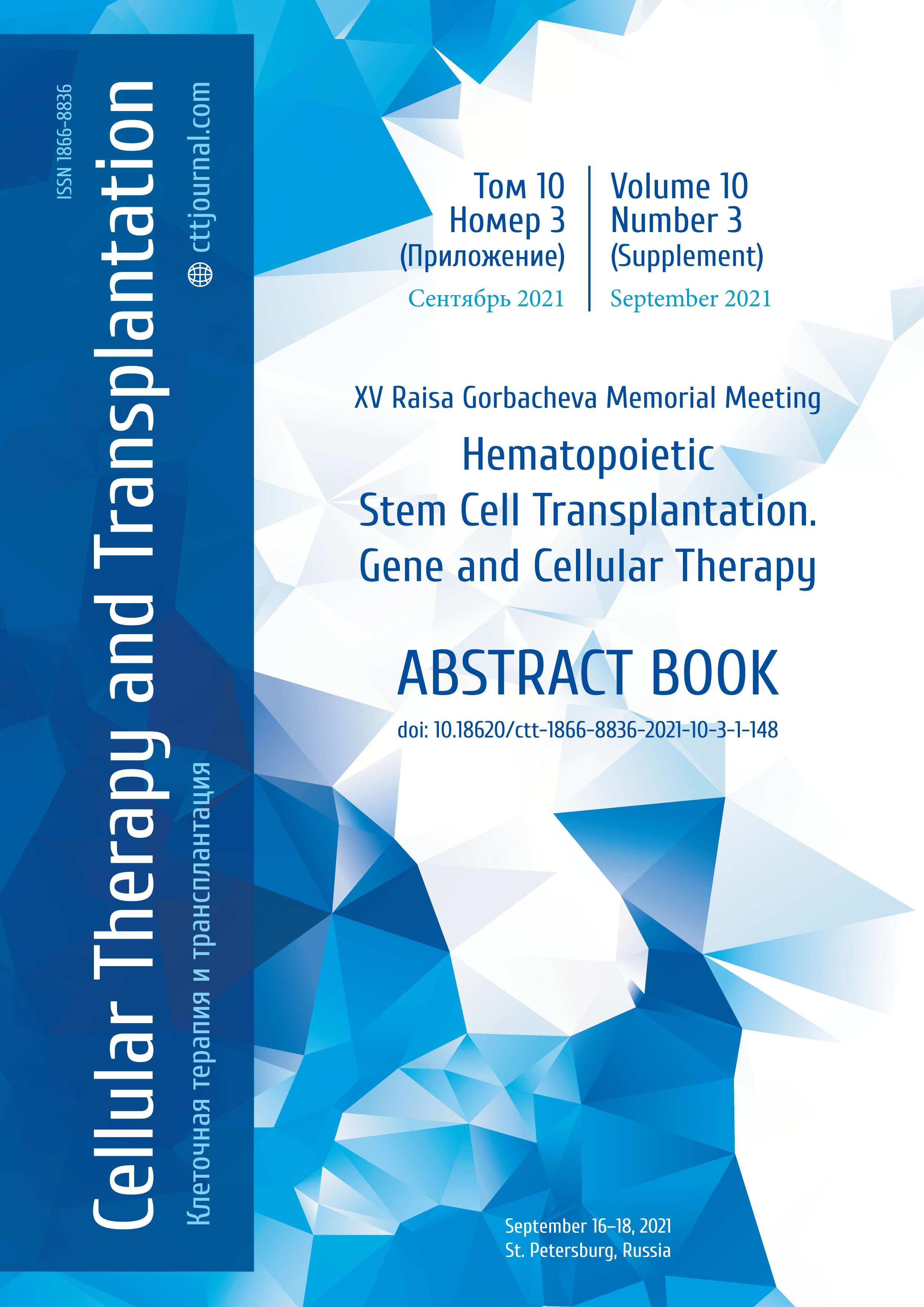GC-06. Modification of silicon oxide nanocarriers with metal shells for capturing 225AC and its daughter isotopes
Тimofey Е. Karpov, Mikhail V. Zyuzin, Аlexander S. Timin, Dmitry О. Antuganov, Аlbert R. Muslimov
Granov Russian Research Center of Radiology & Surgical Technologies, Peter The Great St. Petersburg Polytechnic University, Saint-Petersburg, Russia
Correspondence:
Тimofey Е. Karpov, phone: +7 (921) 658-73-67, e-mail: timofius39@mail.ru
Summary
The alpha emitting radionuclide 225Ac is currently one of the most promising isotopes in alpha therapy due to its high linear energy transfer during four consecutive alpha decays. However, the main obstacle preventing the full implementation of 225Ac in clinical practice is the lack of stable retention of daughter radioactive isotopes (221Fr and 213Bi), which leads to their free circulation in the body and the destruction of healthy cells in the body.
Materials and methods
In this work, the surface of silica nanoparticles (SiO2) obtained by the sol-gel method was modified with metal shells consisting of nanostructures of titanium butoxide (Ti(C4H9O)4) and hydrogen tetrachloroaurate (HAuCl4) to retain 225Ac and its decomposition products in developed nanocarriers.
Results
In vitro and in vivo studies in healthy mice show that a metal shell applied to the surface of SiO2 nanoparticles contributes to enhanced inhibition of the release of radionuclides (225Ac and its daughter isotopes) compared to unmodified SiO2 nanoparticles for a long period of time. Unmodified titanium/gold-coated silicon nanoparticles exhibited a 225Ac leakage of 20±3% in the first 5 days and 60%-70% after 15-30 days of incubation. In contrast, only 0.3% and 2.6% 225Ac release was found in the case of titanium and gold coated nanoparticles during 30 days of incubation. Histological analysis has shown that the developed nanocarriers do not have a significant toxic effect on the organ systems of laboratory mice within 3-10 days after injections. At the same time, practically no accumulation of released radionuclides was found in non-target organs (for example, in the kidneys). In contrast, unmodified carriers demonstrated the release of free radionuclides, which were distributed throughout the animal’s body with subsequent morphological changes in the tissues of the lungs, liver and kidneys.
Conclusion
These results highlight the potential of the developed nanocarriers for use as radionuclide delivery systems and propose a technology for the manufacture of new nanotherapeutic agents. This work was supported by the project of the Russian Science Foundation “19-75-10010”.
Keywords
Radiotherapy, nanoparticles, radionuclides, alpha radiation, silica, titanium, gold.


